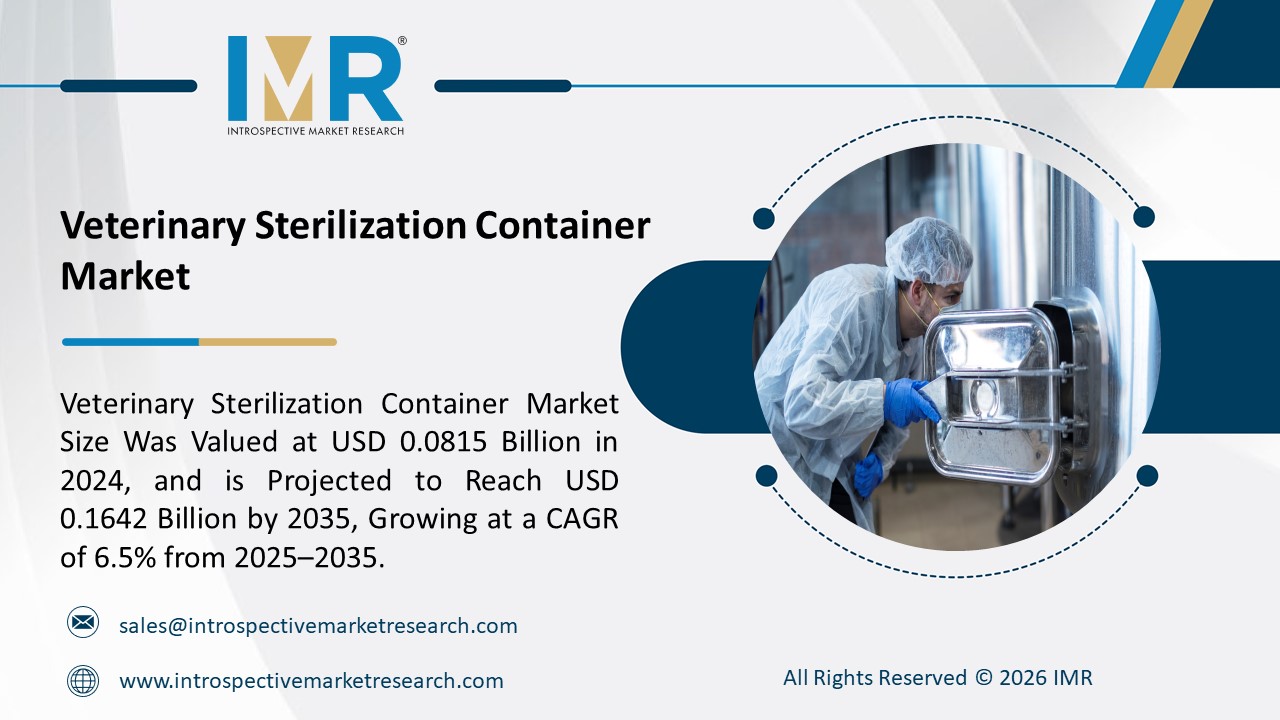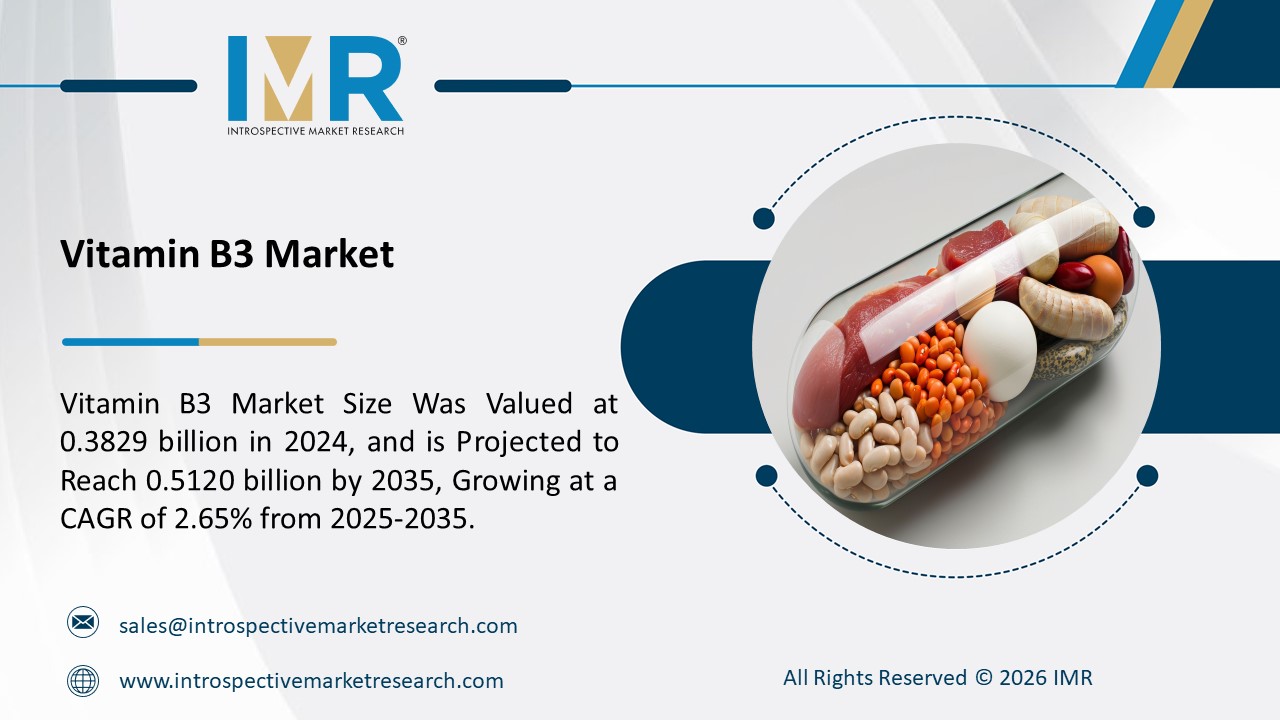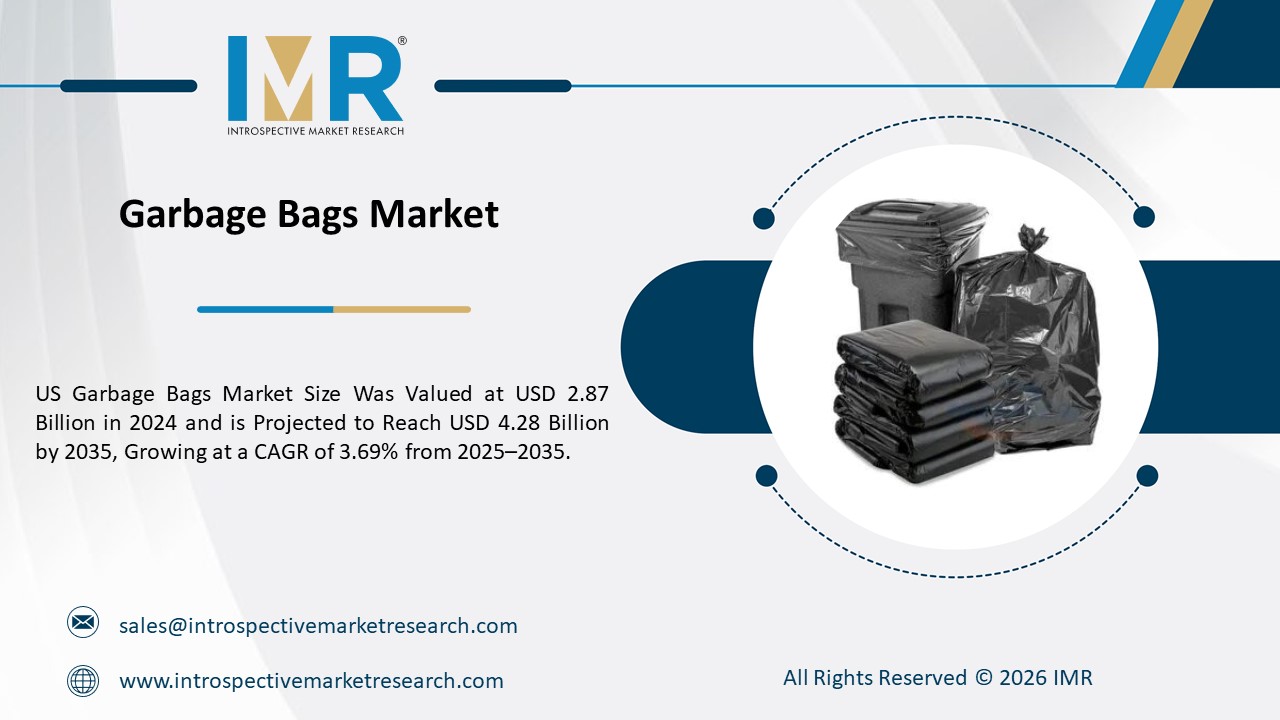Compressed Biogas Market
According to a new report published by Introspective Market Research, titled, ?Compressed Biogas Market by Application and Packaging Type: Global Opportunity Analysis and Industry Forecast, 2024?2032,?
the global Compressed Biogas Market size was valued at $8.43 billion in 2023, and is projected to reach $105.87 billion by 2032, registering a CAGR of 15.73 % from 2024 to 2032.
Compressed Biogas (CBG) is an improved form of biogas comprising more than 90% methane (v/v), carbon dioxide up to 4% (v/v), and other drops of gases such as hydrogen sulphide, moisture, oxygen, and nitrogen. It is formed through a sequence of procedures like the solidity of raw biogas, removal of impurities (CO2, H2 S), and storage of cleaned gas in a high-pressure container at around 200?250 bars for vehicular application. It is very parallel to compressed natural gas (CNG) in terms of its fuel properties, economics, engine performance, and emissions.
Biogas is a modest, usable, and generally maintainable energy source due to the abundance of cheap raw materials and vast possibilities to use biogas for heating, electricity, fuels, and further processing of raw materials and production of sustainable chemicals. calculation of hydrogen, carbon dioxide, and biofuels. The calorific value and other properties of CBG are comparable to CNG and can be used as green renewable energy autogas. It can replace CNG in automotive, industrial, and commercial areas due to the abundant availability of biomass in the country. The removal of impurities from raw biogas is called biogas purification, and the conversion of carbon dioxide to improve the calorific value is called biogas purification, which increases the methane content up to 80-99%. gas mixture. Different technologies such as water purification, chemical absorption, pressure swing adsorption (PSA), membrane separation, cryogenic separation, and biological filtration methods are used for CBG production worldwide.
Better energy security and mitigation of climate change are the most important factors in the transition of energy systems from fossil to renewable sources. Biomass must play a central role in changing the low carbon budget. Biomass accounts for more than two-thirds of all renewable energy.
Energy is an important prerequisite to help people and fulfill their basic daily needs. Most countries, especially emerging economies, are experiencing energy crises linked to excessive use of fossil fuels. Energy security, environmental security and economic growth are the energy sources of all countries of the world. Fossil fuels such as coal, gas and oil are projected to run out within the next ten decades, necessitating a new source of energy. EPA encourages the use and beneficial use of biogas as a renewable energy source, producing renewable natural gas (RNG) where possible to reduce emissions and provide other environmental benefits. RNG is the term used to describe biogas developed to replace fossil natural gas, either on-site or remotely. Compressed biogas has incredible potential as a sustainable and renewable energy source that helps reduce greenhouse gas emissions and dependence on fossil fuels. Adaptive applications of compressed air in biogas plants are related to the entire production cycle, from biogas assembly to vehicle fuel. Compressed air plays a key role in certifying the viability and efficiency of biogas as a clean and environmentally friendly alternative to conservative fuels, contributing to the collection, promotion, storage and distribution of biogas.
Plant resources that are currently used as energy sources are agricultural and forest waste, animal manure and the organic part of urban solid waste and by-products of agro-industrial processing, such as bagasse, oil palm residues. , saw dust and wood cutting waste. The use of such materials is more economical because they are collected in one place and often involve disposal costs. It accounts for about 90% of all biomethane produced worldwide. Development technologies use various gas resources within biogas to separate them, and water washing and membrane separation account for nearly 60% of biomethane production worldwide. Adoption of national biogas technology has occurred in countries where governments have been involved in supporting, planning, building, operating and maintaining biogas plants.
Global Compressed Biogas Market, Segmentation
The Compressed Biogas Market is segmented based on type, Feedstock, Application. and region.
Feedstock:
The Feedstock segment is further classified into Bio-municipal waste, Agriculture Residue, Energy Crops. Among these, the Bio-municipal waste sub-segment accounted for the highest market share in 2022. The bio-municipal waste is the compressed biogas (CBG) that is in advance important traction due to its dual benefits of waste management and renewable energy manufacture. Municipal solid waste which contains organic waste from households, markets, and institutions, is an abundant and renewable resource that can be effectively converted into biogas through anaerobic digestion. This process not only decreases the volume of waste sent to landfills but also helps allay greenhouse gas emissions by taking methane, a potent greenhouse gas that would then be released during the decomposition of organic waste.
The change of bio-municipal waste to biogas includes numerous steps, including collection, organization, pre-treatment, anaerobic digestion, and advancement of the biogas to compressed biogas (CBG). The resulting CBG can be used as a clean fuel for vehicles, industrial procedures, and power generation, contributing to the decline of fossil fuel dependence and the promotion of supportable energy solutions. Governments and local authorities are increasingly identifying the potential of CBG from bio-municipal waste and are implementing supportive policies and inducements to promote its adoption.
Application:
The application segment is further classified into Power Generation, Heat Generation, Transportation, and Upgraded Biogas. Among these, the Power Generation sub-segment is anticipated to show the fastest growth by 2032. ? The power generation segment of the compressed biogas (CBG) market is an important part of the renewable energy landscape, providing a sustainable solution for power generation. Compressed biogas, produced from biological resources such as agricultural waste, animal manure and food waste, is an effective complement to natural gas for power generation. This segment stimulates the energy content of biogas to produce electricity, which helps reduce greenhouse gas emissions and promotes energy security. The process of converting biogas to electricity involves several steps, including the collection of organic raw material and anaerobic digestion to produce biogas. This biogas, collected mainly from methane, is cleaned and compressed to meet important electricity production standards. CBG can be used to generate energy in gas engines, turbines, or fuel cells. These technologies convert the chemical energy of biogas into electrical energy that can be fed into the grid or used for local consumption.
Region:
The Compressed Biogas Market in Asia-Pacific is projected to show the fastest growth by 2032. As a leading supporter of Biogas adoption in India, dedicated to converting organic waste into renewable energy sources. Explore complete resources, innovative projects, and expert insights to cover the way toward a cleaner, greener future for India. India has installed the determined SATAT scheme, intended at fostering indigenous construction of compressed biogas (Bio CNG) from biodegradable waste. The scheme's full understanding is yet to be attained. India generates around 62 million metric tonnes of municipal solid waste (MSW) yearly, along with an extra availability of around 230 million metric tonnes of agricultural biomass.
Some of The Leading/Active Market Players Are-
- Tetra Tech (USA)
- Aerzen Maschinenfabrik GmbH (Germany)
- Gardner Denver (USA)
- Biokomp Srl (Italy)
- Hindustan Petroleum Corporation Limited (India)
- HAUG Sauer Kompressoren AG (Switzerland)
- Bauer Compressors, Inc. (USA)
- Enea Mattei SpA, (Italy)
- Mehrer Compression GmbH (Germany)
- Tecno Project Industriale Srl (Italy) and Other Active Players
Key Industry Developments
- In February 2024, Indian Biogas Association Chairman Gaurav Kedia pointed out that there were obstacles to procurement, such as unappealing economics, which makes farmers prefer to burn rather than sell off the field straw promptly.
- In December 2023, Reliance Industries partnered with DBS Bank to finance compressed biogas plant projects, this can promote the creation of an ecosystem where vendor partners can gather agricultural residue to serve as raw material for Reliance's CBG production plants across India.
Key Findings of the Study
- The global Compressed Biogas (CBG) market was valued at $8.43 billion in 2023 and is projected to reach $105.87 billion by 2032, with a CAGR of 15.73% from 2024 to 2032.
- CBG is an advanced form of biogas, consisting of more than 90% methane and comparable to compressed natural gas (CNG) in terms of fuel properties, making it a viable renewable energy alternative for automotive, industrial, and commercial applications.
- The market is segmented by feedstock, with bio-municipal waste holding the highest market share in 2022 due to its dual benefits of waste management and renewable energy production.
- The Asia-Pacific region, particularly India, is expected to show the fastest growth in the CBG market by 2032, driven by initiatives like the SATAT scheme aimed at promoting the production of compressed biogas from biodegradable waste.






